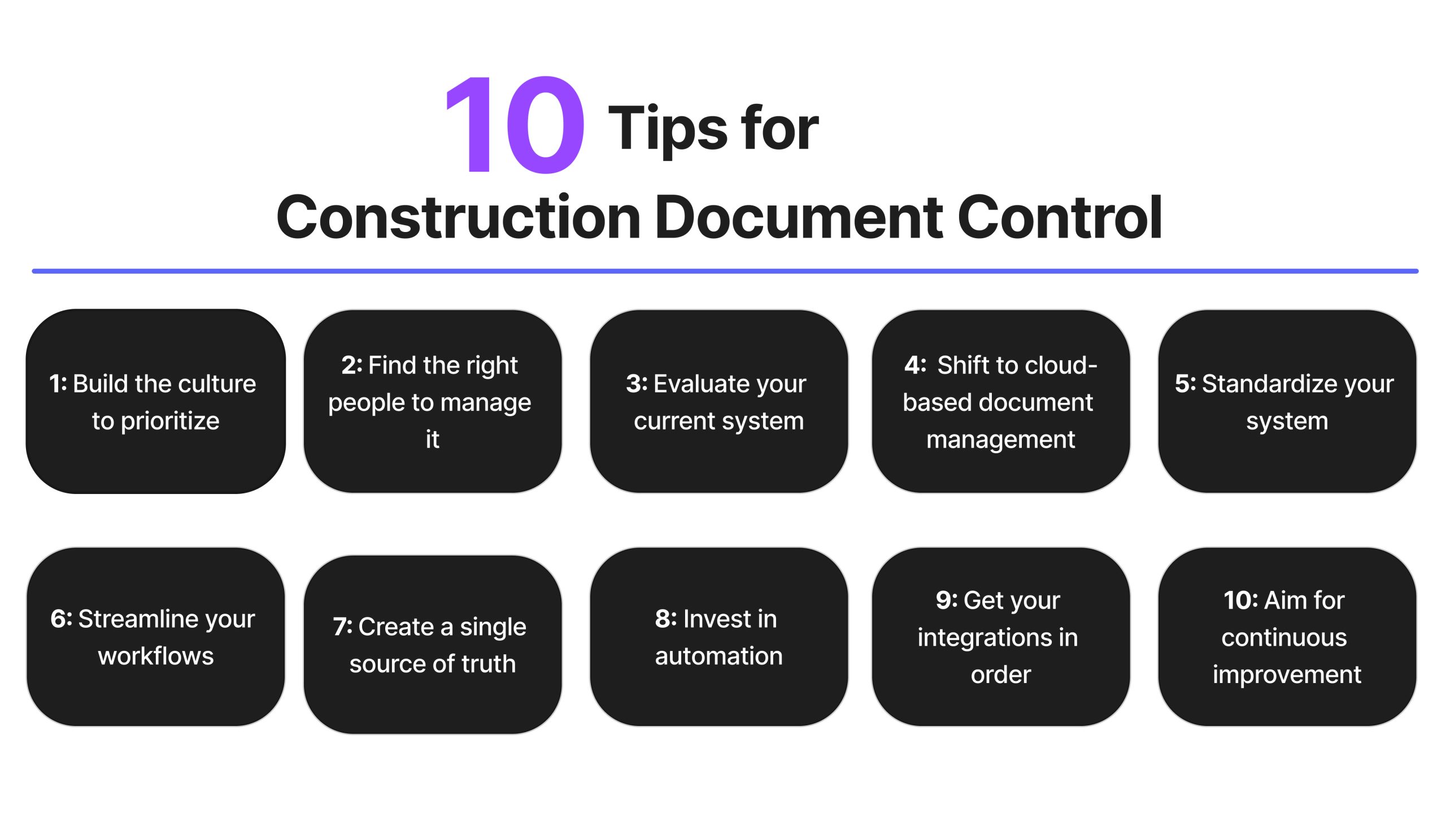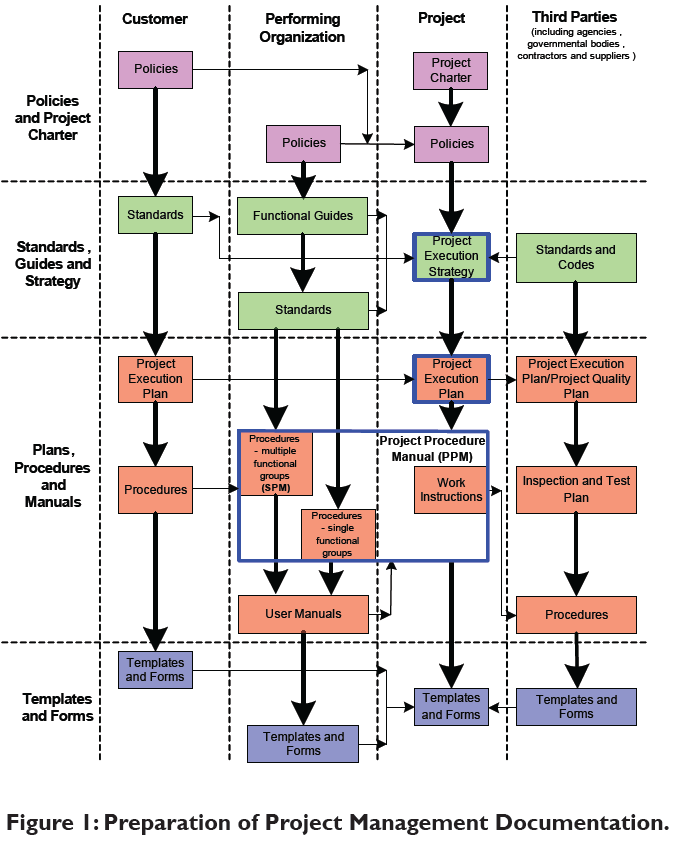Reliable Construction Document Management Solutions for every single Task
Enhancing Workflow Performance: Architect's Professional Methods for Building And Construction Record Administration
In the realm of architectural layout and construction, the careful administration of documents stands as a keystone for job success. Architects use different strategies to boost workflow performance and enhance construction record administration procedures. From proficient company methods to the assimilation of collective systems and the application of safe and secure information management options, architects navigate an intricate landscape of tools and techniques. However, in the middle of this intricacy, a select couple of expert approaches have emerged as essential in maximizing workflow effectiveness. These techniques not just ensure smooth job development however likewise hold the vital to unlocking improved productivity and precision in the complex world of construction file monitoring.
Key Paper Organization Techniques
When managing building papers, among the vital techniques that architects utilize is developing a organized and efficient organization system. This system generally involves categorizing files based on their type, such as drawings, specs, agreements, and allows. By creating clear and unique categories, architects can rapidly find specific information when needed, saving time and lessening mistakes in the building and construction procedure.
Within each classification, engineers further arrange documents by using or producing subfolders numbering systems to represent versions or alterations (construction document management). This ordered structure makes sure that one of the most pertinent and current details is easily available while maintaining a record of modifications made throughout the task timeline
Furthermore, engineers often utilize digital paper monitoring systems that offer attributes like keyword search functions, variation control, and accessibility restrictions to enhance organization and partnership amongst project stakeholders. These tools enhance the document retrieval procedure, promote real-time updates, and assist in smooth interaction, inevitably adding to the overall success of the building and construction project.
Collaborative Platform Assimilation
To maximize file management effectiveness in building jobs, engineers perfectly incorporate collective platforms to improve communication and improve coordination amongst task stakeholders. By leveraging collective systems such as project administration software, cloud-based storage space systems, and communication tools, architects can create a centralized center for all project-related records and interaction channels. These systems enable staff member to accessibility, evaluation, and work together on documents in real-time, reducing hold-ups and the risk of mistakes connected with traditional record administration methods.
Collaborative system integration likewise cultivates transparency and accountability within the job team, as all stakeholders have exposure right into the current job updates and revisions. By streamlining interaction and file sharing, designers can ensure that all team participants are working from the most up-to-date information, lessening the chances of misconceptions or problems emerging due to out-of-date documents.
In addition, collaborative platforms allow smooth cooperation between architects, specialists, customers, and various other project stakeholders, promoting an extra efficient and cohesive task operations. By damaging down interaction obstacles and helping with information review exchange, designers can drive efficiency and development in construction jobs, inevitably causing successful task end results.
Variation Control Ideal Practices
Applying reliable variation control methods is critical for keeping record precision and uniformity in building jobs. By establishing a clear system for managing revisions, task groups can make sure that everybody is working from the most up-to-date documentation, reducing the threat of mistakes and inconsistencies during the construction phase.
Among the vital ideal methods for variation control is to appoint one-of-a-kind identifiers per paper version. This can be achieved by utilizing a numbering system or day stamp that plainly suggests the order of revisions. By plainly identifying each iteration, staff member can conveniently track the development of the record and recognize the most recent variation.

Automation Tools for Effectiveness

Document control software application, like Procore or PlanGrid, streamlines task documents, making it easily accessible to all stakeholders. These platforms permit real-time partnership, variation control, and automated back-ups, safeguarding against data loss. Furthermore, Structure Details Modeling (BIM) software automates the generation of construction drawings and makes sure that adjustments are integrated throughout all relevant documents.
Integrating automation tools with cloud storage space solutions even more enhances accessibility and protection. By automating the document management procedure, task groups can concentrate their time and initiative on value-adding activities, ultimately improving productivity and task end results.
Secure Information Administration Solutions
Successfully protecting and managing project information is extremely important in the building and construction sector to make sure privacy and integrity throughout the project lifecycle. Secure information administration services play a critical duty in securing sensitive details from unapproved gain access to or breaches. Building firms can make use of encrypted cloud storage space services to firmly save and share project records with licensed workers. Executing access controls, such as customer authentication and consent setups, makes sure that only authorized people can check out or customize delicate data.
Additionally, utilizing digital civil liberties monitoring (DRM) devices includes an extra layer of safety by preventing the unauthorized circulation or duplication of project papers. Normal information backups are vital to mitigate the danger of information loss as a result of unforeseen situations like equipment failings or cyber-attacks. Collaborative platforms with built-in safety and security functions make it possible for smooth communication and file sharing amongst task staff member while keeping data integrity.
Final Thought
Finally, carrying out vital document organization methods, integrating collective systems, practicing version control best published here methods, using automation tools, and embracing safe information administration options are crucial approaches for boosting operations performance in construction file management. These professional techniques can improve processes, improve communication, ensure accuracy, and keep information security throughout the construction project lifecycle.
In the realm of architectural style and building, the meticulous management of records stands as a keystone for job success. These methods not only ensure smooth project progression but additionally hold the vital to opening improved efficiency and precision in the elaborate realm of building file administration.
To enhance file management performance in building projects, engineers effortlessly integrate collective platforms to boost communication and simplify sychronisation amongst project stakeholders. These systems allow group members to accessibility, review, and team up on documents in real-time, lowering delays and the threat of mistakes associated with standard file monitoring techniques.
Making use of automation tools in building and construction file monitoring significantly improves efficiency and streamlines procedures for project groups. construction document management.